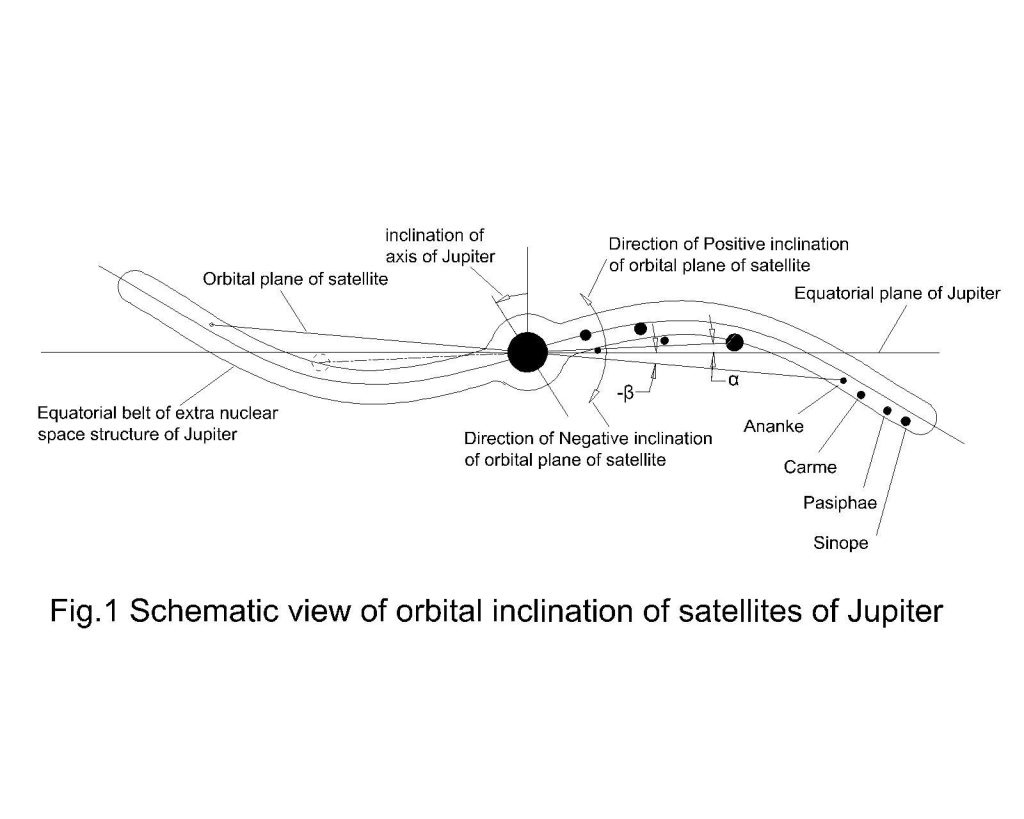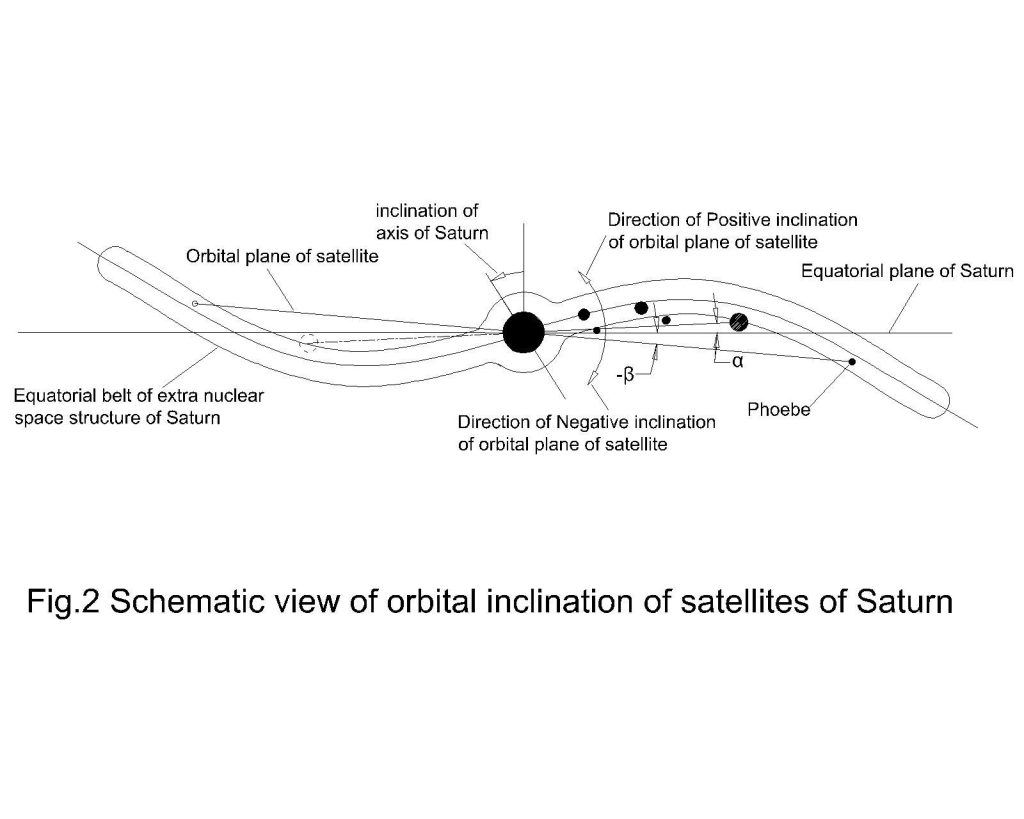INSTITUTE OF PHILOSOPHY OF NATURE
Abstract
The newly introduced fluid dynamics model explains the various motions of orbital bodies including the elliptical orbit therefore are more close to reality. The reported retrograde revolution of distant satellites is just not feasible in fluid dynamics analysis. The retrograde revolution is an erroneous characterisation of satellites when the orbital inclination is negative. The retrograde revolution of satellites with negative inclination appears when the observations are made close to the equatorial plane of the sun. However, an observation from directly above the orbit in the northern hemisphere reveals the reality that the so-called retrograde revolution of satellites is actually prograde. The paper discusses how the orbital planes of distance satellites (Ananke, Carme, Pasiphae, Sinope of Jupiter and Phoebe of Saturn) become negative where they are erroneously identified having retrograde revolution.
Keyword: outer satellite, major planet, retrograde motion, negative inclination and linear oscillation.
Discussion
At present the axis of the earth is described to have its North Pole end pointing towards Polaris. This is simply a relative observation without relevance to dynamics. The relative description of the axis of the earth could be many by changing the relative reference of the celestial body. When the axis of the earth is characterised relative to the axis of the sun, a periodic oscillation of the axis of the earth is revealed [1]. This relative motion is important since it has direct relevance to the dynamics of interacting bodies. The earth with its extra nuclear space structure revolves within the extra nuclear space structure of the sun, therefore the periodic oscillation of the axis of the earth falls within the purview of the fluid dynamics. The rotating Earth has a flattened extra nuclear space structure and the tilting axis tilts the equatorial plane of the flattened extra nuclear space structure. Therefore, the oscillation of the axis of the earth makes linear oscillation of its space fluid of the equatorial belt in the direction perpendicular to the equatorial plane of the earth. The moon located in the equatorial belt of the earth’s extra nuclear space structure makes linear oscillation by the drag force of the space fluid. The amplitude of oscillation of the moon is less than the amplitude of oscillation of the space fluid due to inertia of mass. The period of oscillation matches with the period of revolution of the moon thereby resulting in an inclined orbit of the moon. The associated extra nuclear space structure of the earth is a compressible fluid with torsional flexibility. Hence, there is a phase-delay of the oscillation of space fluid with advancing distance from the earth. Due to this delay, the oscillation of satellites perpendicular to the equatorial plane is out of phase. It may so happen that when the inner satellites are in the northern hemisphere the outer satellites may remain in the southern hemisphere where the inclinations of orbital planes of outer satellites would become negative while that of inner satellites are positive. The phenomenon can be verified from a large number of satellites of Jupiter and Saturn, spreading over a greater range of distance. The Earthly characterisation retrograde revolution of four outermost moons of Jupiter (Ananke, Carme, Pasiphae and Sinope) and Phoebe, the outermost moon of Saturn are due to negative inclination of their orbital planes (Fig.1 & Fig.2).


Conclusion
The fluid dynamics model gives exact justification for the retrograde motion of distant satellites of major planets. The present hypothesis on retrograde satellites is that they are captured orbital bodies after formation of the solar system. There is no guarantee why only the retrograde satellites are captured. The fluid dynamics model is quite satisfactory for different motions of orbital bodies in the solar system and has scope in developing a unified dynamics for different domains.
Reference
New findings on placement of orbital bodies and new characterization of motion of orbital celestial bodies, Issue-3, Volume-2, Journal- Towards Unification of Sciences.
